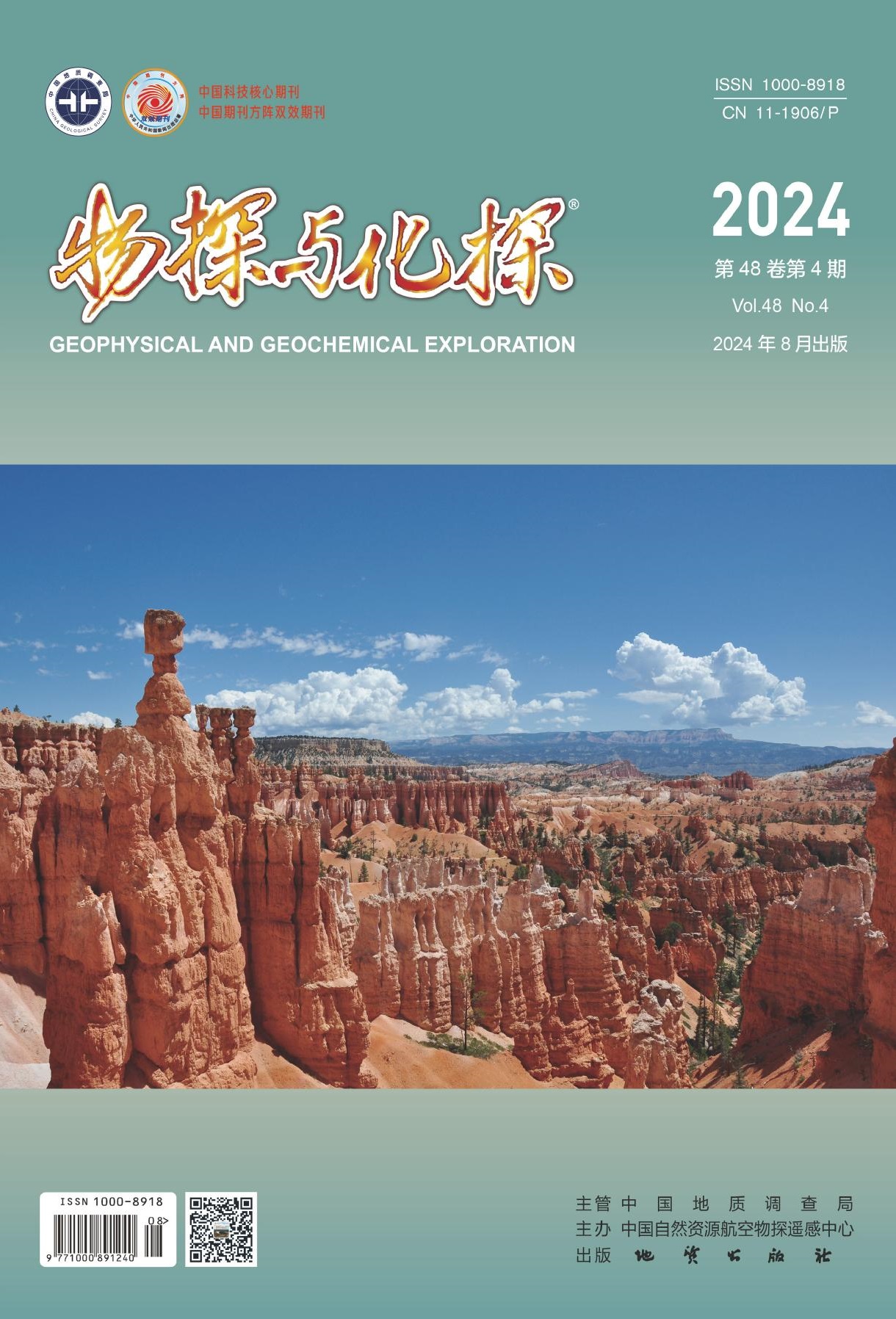XU Di-Qiao, LI Mao. 2023. Fine inversion of the broadband magnetotelluric data of the Erlian Basin: A case study of the Mandulatu area. Geophysical and Geochemical Exploration, 47(4): 994-1001. doi: 10.11720/wtyht.2023.1491
| Citation: |
XU Di-Qiao, LI Mao. 2023. Fine inversion of the broadband magnetotelluric data of the Erlian Basin: A case study of the Mandulatu area. Geophysical and Geochemical Exploration, 47(4): 994-1001. doi: 10.11720/wtyht.2023.1491
|
Fine inversion of the broadband magnetotelluric data of the Erlian Basin: A case study of the Mandulatu area
-
1. Airborne Survey and Remote Sensing Center of Nuclear Industry,Shijiazhuang 050002,China;
-
2. Hebei Provincial Key Laboratory of Aerial Detection and Remote Sensing Technology, Shijiazhuang 050002, China;
-
3. CNNC Key Laboratory of Uranium Resources Geophysical Exploration Technology, Shijiazhuang 050002,China
More Information
-
Corresponding author:
LI Mao
-
Abstract
This study investigated the fine inversion of the broadband magnetotelluric (BMT) data of the Mandulatu area in the Erlian Basin, aiming to improve the inversion precision and performance of BMT data and to provide an example and reference for the fine inversion of BMT data of other areas. For the fine inversion of BMT data of the study area, this study selected the OCCAM inversion method and the TM+TE data mode. The inversion accuracy of data was effectively improved when the two-dimensional moving average resistivity model was selected as the background model, the regularization factor was set to 0.4, and the thickness of the first layer was set to 40 m. This result laid a basis for the subsequent fine interpretation of data. As shown by the results of this study, the key to reducing the multiplicity of solutions and obtaining reliable inversion precision and performance of data is to conduct an adaptive experimental study of the inversion methods, data modes, and parameters first using prior information, such as known borehole or seismic data.
-

-
-
Access History







 DownLoad:
DownLoad: